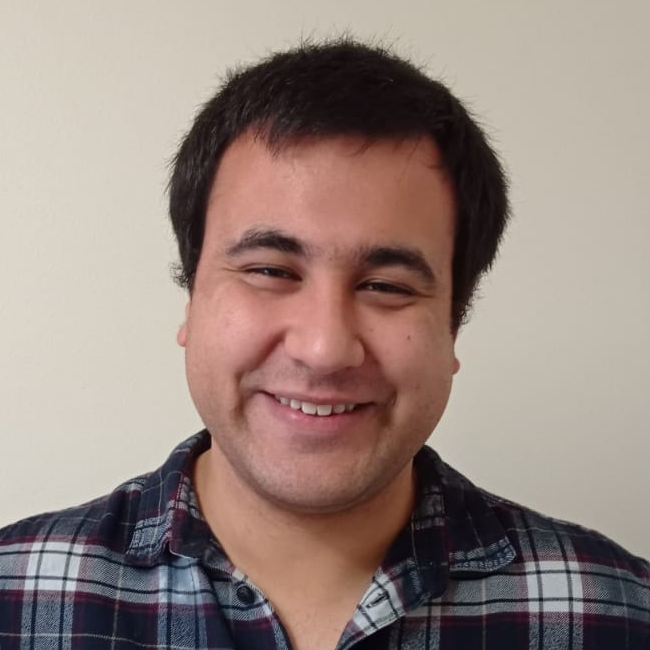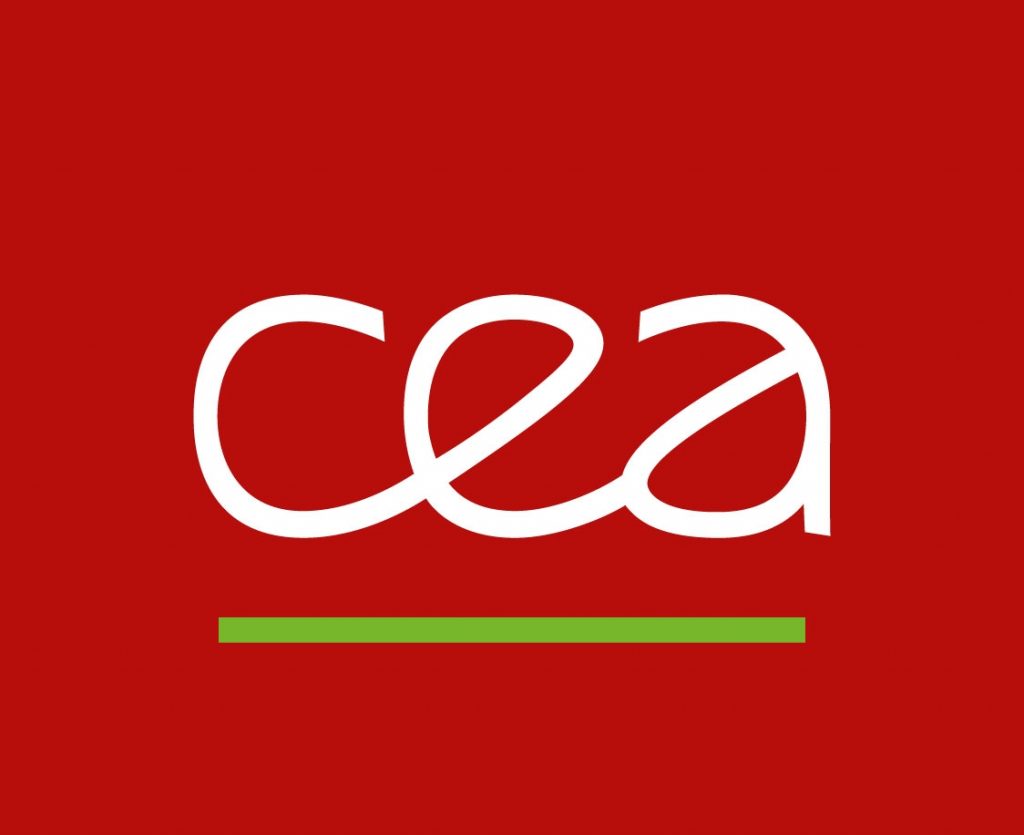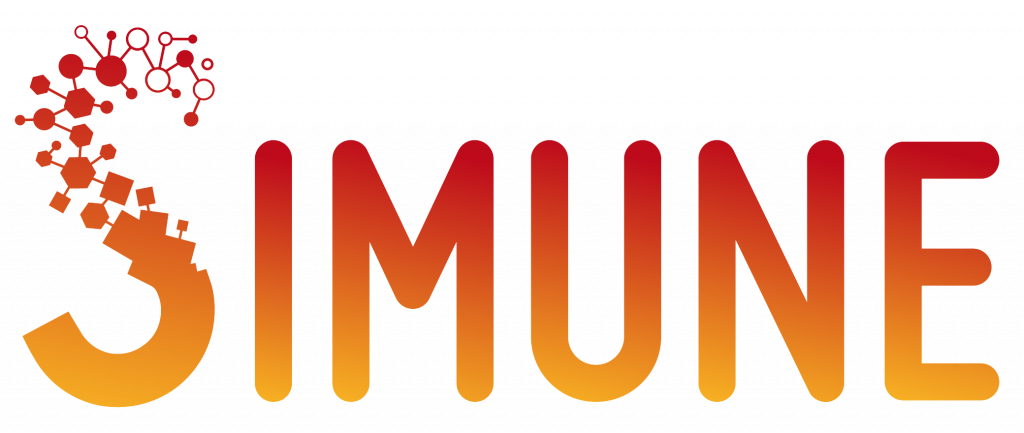- Research project
Search for efficient spin-to-charge conversion based on the Edelstein effect
- Project supervisor
Prof. Dr. Ingrid Mertig
- Recruitment date
- 01/10/2021

Sergio Leiva

My name is Sergio Leiva. I was born on April 13th of 1995. I am from Chile, where I obtained my Master’s and Bachelor’s degrees at Universidad de Chile.
I am interested in spin phenomena in non-equilibrium systems and their applications to electronic devices. I also like outdoor sports like climbing and hiking and team sports like football and basketball.
I will join Dr. Ingrid Mertig starting in October to work on spin-to-charge conversion based on the Edelstein effect. I decided to apply to SPEAR because it provides huge opportunities to work with renowned academics on exciting physics and develop a solid professional network in academia and the private sector.
In the future, I would like to take advantage of everything I learned and the connections I made to bring this exciting science back to Chile and to promote and develop international collaborations.
Project Description
While classical spintronics has traditionally relied on ferromagnetic metals as spin generators and spin detectors, a new approach called Spin Orbitronics exploits the interplay between charge and spin currents enabled by the spin-orbit coupling (SOC) in non-magnetic systems. Efficient spin-to-charge conversion (SCC) can be realized through the direct and inverse Edelstein effects in systems where broken inversion symmetry induces a Rashba SOC. ESR9 will search for materials with large Edelstein effects. Although the simple Rashba picture of split parabolic bands is usually used to interpret such experiments, a material specific search based on realistic electronic structure calculations is needed to predict possible candidates. In this project, ab initio electronic structure calculations will be the starting point for a realistic band structure. The current-induced spin polarization will be calculated by means of a semi-classical Boltzmann transport theory. Materials under consideration will be the 2-dimensional electron gas at the surfaces of topological insulators, Weyl semi-metals and oxide interfaces. Feedback from experiments will be given by ESRs 1, 7, 8.
Host institution

Martin Luther Universität Halle-Wittenberg (Halle, Germany).
Planned Secondments
Spintec Laboratory* (Grenoble, France), under the supervision of Laurent Vila together with nanoGUNE (San Sebastián, Spain), under the supervison of Felix Casanova.
*Spintec is jointly operated by CEA, CNRS, UGA, and G-INP, and is represented by CEA in the context of the SPEAR project.
SIMUNE (San Sebastián, Spain), under the supervision of Mónica García-Mota.
Registering University
Martin Luther Universität Halle-Wittenberg (Halle, Germany).




